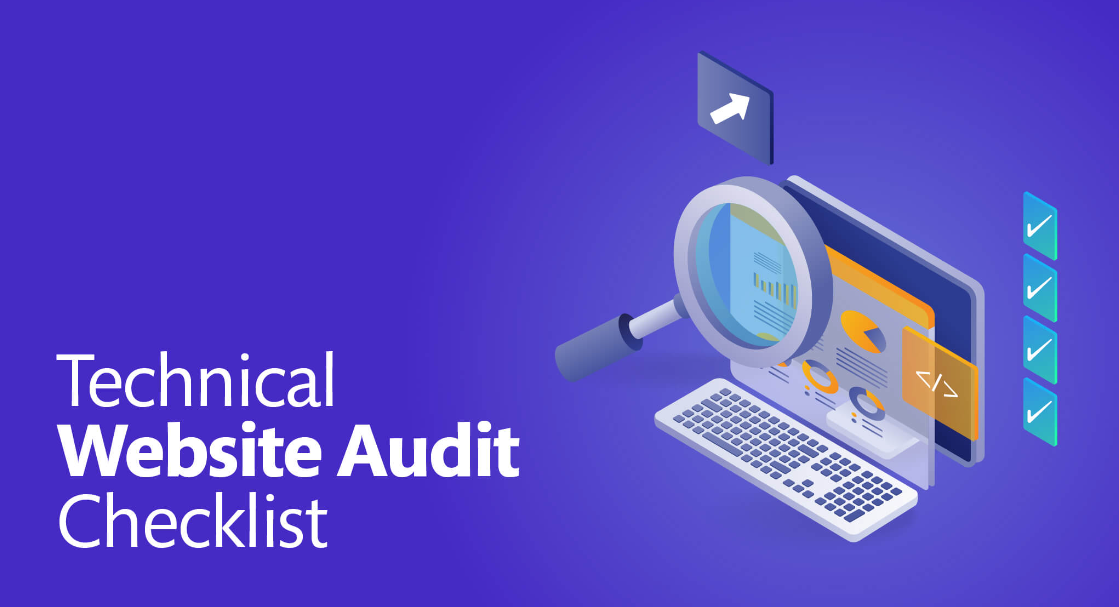In the ever-expanding digital landscape, where the internet serves as a primary source of information and interaction, the structure of a website plays a pivotal role in shaping the user experience (UX). The website structure encompasses the organization, layout, and hierarchy of content, and it directly influences how users navigate, engage, and perceive the information presented. This article delves into the essence of website structure and explores its profound impact on enhancing UX.
Defining Website Structure:
The website structure can be compared to the architectural framework of a building, providing a foundation for the user’s journey through the digital space. It involves arranging and categorising pages, content, and navigation elements. A well-designed structure ensures logical flow, making it easier for users to find the information they seek.
Key Components of Website Structure:
Navigation Menus:
- Central to a website’s structure, navigation menus serve as the roadmap for users. Clear and intuitive menus guide visitors to different sections of the site, allowing for efficient exploration.
Hierarchy and Organization:
- A logical hierarchy establishes the relationship between different pages and content. It prioritizes information, ensuring that the most important and relevant content is easily accessible. This hierarchy is often reflected in headings, subheadings, and page layouts.
URL Structure:
- An organized URL structure contributes to both search engine optimization (SEO) and user experience. Descriptive and user-friendly URLs improve navigation and help users understand the content they are about to access.
Internal Linking:
- Connecting related pages through internal links promotes a seamless browsing experience. It helps users discover additional content and enhances the overall coherence of the website.
Impact on User Experience:
Accessibility and User Engagement:
- A well-structured website is inherently more accessible. Users can quickly locate desired information, reducing frustration and improving engagement. Clear navigation and organization contribute to a positive user experience, encouraging prolonged interactions with the site.
Reduced Bounce Rates:
- A confusing or disorganized structure can lead to high bounce rates, as users may leave the site prematurely due to difficulty in finding what they need. A streamlined structure reduces bounce rates, indicating that visitors are successfully navigating through the content.
Mobile Responsiveness:
- With the increasing prevalence of mobile devices, a responsive website structure is crucial. Ensuring the design adapts seamlessly to various screen sizes enhances UX for users accessing the site from smartphones and tablets.
Search Engine Optimization (SEO):
- Website structure significantly influences SEO. Search engines favour well-organized and easily navigable sites, contributing to better rankings. A thoughtful structure with relevant keywords and clean URLs enhances the site’s visibility in search engine results.
Brand Credibility:
- A structured and organized website reflects positively on the credibility of the brand. Users are more likely to trust and engage with a site that presents information clearly and coherently.
Best Practices for Optimizing Website Structure:
User-Centric Design:
- Prioritize the needs and preferences of your target audience when designing the website structure. Understand user behaviour and tailor the layout to facilitate their journey.
Sitemaps:
- Incorporate an XML sitemap for search engines and an HTML sitemap for users. Sitemaps provide a comprehensive overview of the site’s structure, aiding in navigation and indexing.
Consistent Design Elements:
- Maintain consistency in design elements, such as color schemes, fonts, and navigation menus. Consistency creates a cohesive visual identity and reinforces the user’s sense of familiarity.
Performance Optimization:
- Ensure that the website’s structure does not compromise loading times. Optimize images, minimize code, and employ caching mechanisms to enhance overall performance.
Conclusion:
In the digital age, where users demand seamless and intuitive online experiences, the structure of a website emerges as a critical factor in determining its success. A well-thought-out structure not only facilitates efficient navigation but also contributes to positive perceptions of a brand. As businesses and web developers continue to prioritize user-centric design, understanding and optimizing website structure will remain integral to creating compelling and effective digital platforms.



